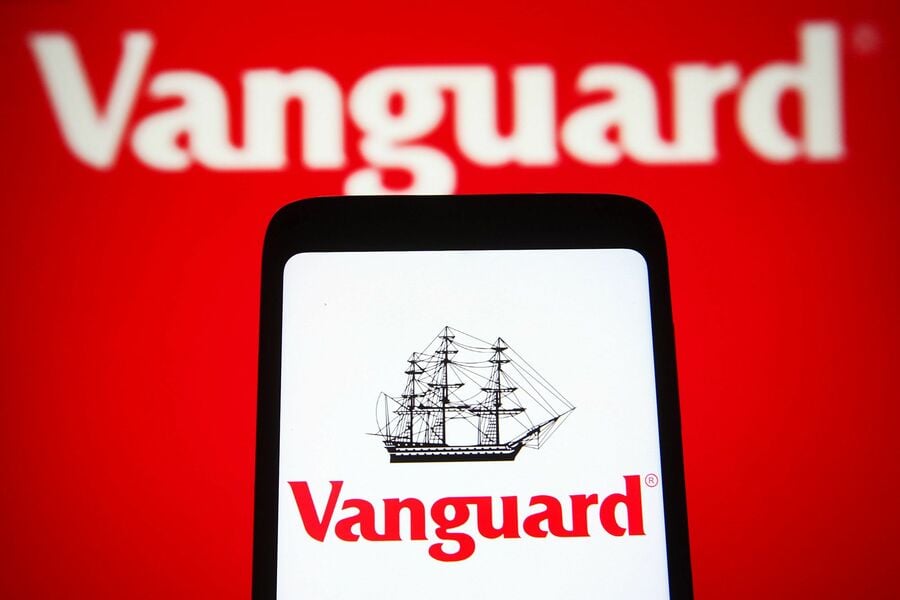

Vanguard has unseated State Street for the title of the world’s biggest exchange-traded fund, ushering in a new world order for the $11 trillion industry.
The Vanguard S&P 500 ETF (ticker VOO) now commands nearly $632 billion in assets after raking in some $23 billion so far in 2025, according to data compiled by Bloomberg. That haul has vaulted VOO past the $630 billion SPDR S&P 500 ETF Trust, known as SPY, which previously held the title of largest ETF.
It’s a changing of the guard several years in the making. Created in 1993 as the brain child of the-then American Stock Exchange and State Street Global Advisors, SPY is one of the oldest ETFs still in existence. As such, the fund enjoys a powerful first-mover advantage in terms of size and trading volume.
However, VOO has rapidly gained share since its 2010 inception, buoyed by Vanguard’s loyal following of fee-sensitive, self-directed investors and financial advisers, who sent more than $116 billion into VOO last year — shattering the annual inflow record.
“There’s a symbolic moment here in that SPY was created to trade. It was literally invented by an exchange. It’s the liquidity king,” said Bloomberg Intelligence senior ETF analyst Eric Balchunas. “VOO taking over shows how much the retail and adviser market have adopted ETFs.”
It’s a sign of the cost-conscious times. SPY charges 0.095% per year to track the S&P 500, compared to VOO’s fee of just 0.03% to follow the same index. As low-cost ETFs have become the vehicle of choice for many in the buy-and-hold crowd, that’s massively benefitted the likes of Vanguard: VOO has yet to post a net annual outflow.
Still, it’s not the first time that SPY’s crown has slipped. Back in 2011, the SPDR Gold Shares fund swelled to roughly $78 billion in assets as bullion soared to a then-record, briefly surpassing SPY in total assets. But the ETF arena has become much more top-heavy in the past 15 years: VOO, SPY and the iShares Core S&P 500 ETF (IVV) are all separated from the rest of the pack by more than $100 billion.
While SPY may no longer be the largest ETF on the market in terms of assets, it remains a prized tool among professional investors for its ease of trading and low costs that allow money managers to quickly shift in and out of the market. SPY has traded an average of $29 billion per day over the past year, according to data compiled by Bloomberg, the most of any ETF. That compares to an average of $2.8 billion per day for VOO.

From outstanding individuals to innovative organizations, find out who made the final shortlist for top honors at the IN awards, now in its second year.

Cresset's Susie Cranston is expecting an economic recession, but says her $65 billion RIA sees "great opportunity" to keep investing in a down market.

“There’s a big pull to alternative investments right now because of volatility of the stock market,” Kevin Gannon, CEO of Robert A. Stanger & Co., said.

Sellers shift focus: It's not about succession anymore.

Platform being adopted by independent-minded advisors who see insurance as a core pillar of their business.
RIAs face rising regulatory pressure in 2025. Forward-looking firms are responding with embedded technology, not more paperwork.
As inheritances are set to reshape client portfolios and next-gen heirs demand digital-first experiences, firms are retooling their wealth tech stacks and succession models in real time.
